
How Long After IUD Insertion Can I Use Tampons – When to Use?
Being able to choose from so many different contraceptive methods is a real blessing. Unlike previous generations, we have a birth control method that works for every body and every way of life.
The majority of medical experts concur that tampon use shouldn’t begin for at least 4 weeks after IUD insertion.
What is An IUD?
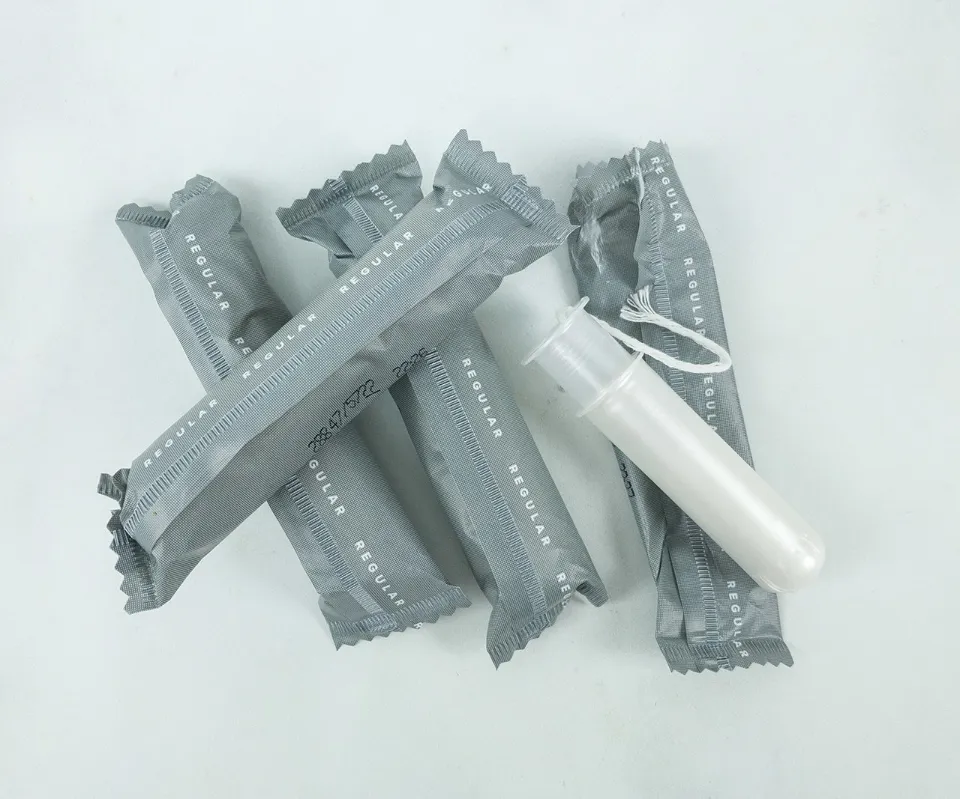
An IUD is a small, flexible device, shaped like a “T” that sits inside your uterus. Your IUD device has a string attached to the bottom that your doctor can cut to remove it when the time comes.
In the United States, there are two distinct IUD types.
- Copper. Copper coils are used to cover this type of IUD. These coils become spermicidal because they change the chemical composition of the fluid in your uterus. A fertilized egg’s ability to implant in the uterus is also hampered by copper IUDs.
If you don’t want to use hormones, this method of birth control is a great alternative. - Hormonal. Some IUDs release progestin hormones that make the uterine lining flimsy and watery, which practically prevents a fertilized egg from implanting.
A further side effect of hormonal IUDs is a thickening of cervical mucus, which makes it more challenging for sperm to enter the uterus. Some hormonal IUD users may also stop ovulating as a result of their device.
IUDs come in two different varieties, and both are regarded as permanent methods of contraception. IUDs that contain hormones typically last three to five years, while copper IUDs can last up to ten. Your doctor must place and take out both IUDs.
How Long After Iud Insertion Can I Use Tampons?
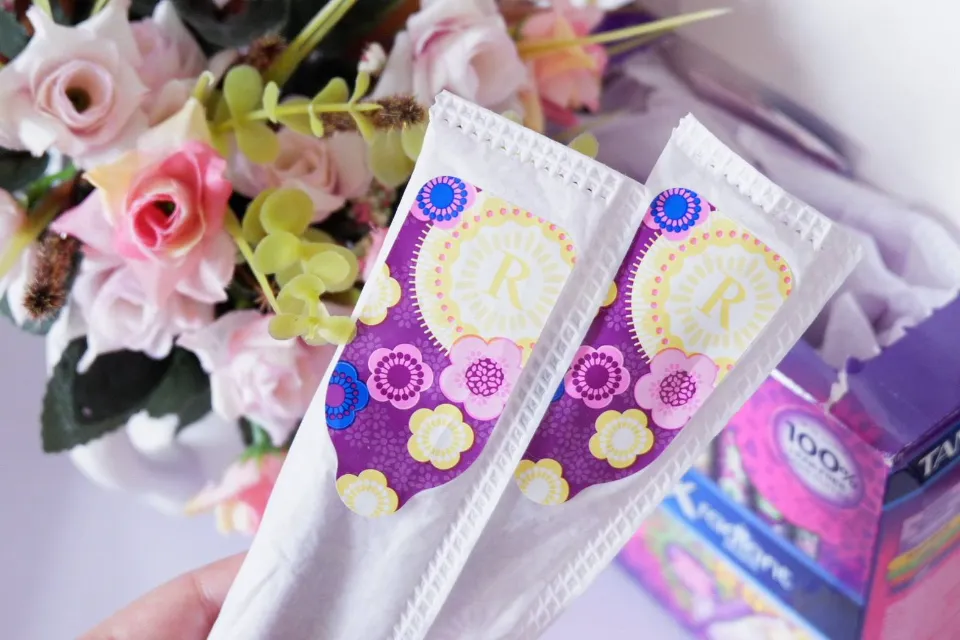
Unlike tampons, which are placed in the vagina, your IUD is inserted inside the uterus, so they won’t conflict. However, it’s best to refrain from using tampons right away after your IUD has been implanted. To lessen the chance of infection, avoid putting anything into the vagina during this time.
Benefits of An IUD
The copper and the hormonal IUD both have many advantages.
- Immediately after being implanted, both IUDs start to function. In contrast to the pill, you won’t need to use a backup method of birth control until it starts working.
- When used properly, IUDs have a 99% success rate.
- Using an IUD gives you more freedom than using most other birth control methods to put off thinking about contraception for a longer period of time. You won’t need to rely on other contraceptives being available when you need them, nor will you need to remember to take a pill every day.
- IUD side effects are extremely rare. Actually, if you use a copper IUD, you won’t be exposed to hormones, which could cause you to experience side effects.
IUDs are excellent choices for people who don’t want to have children anytime soon, who are done having children, or who just want a very low-maintenance method of birth control.
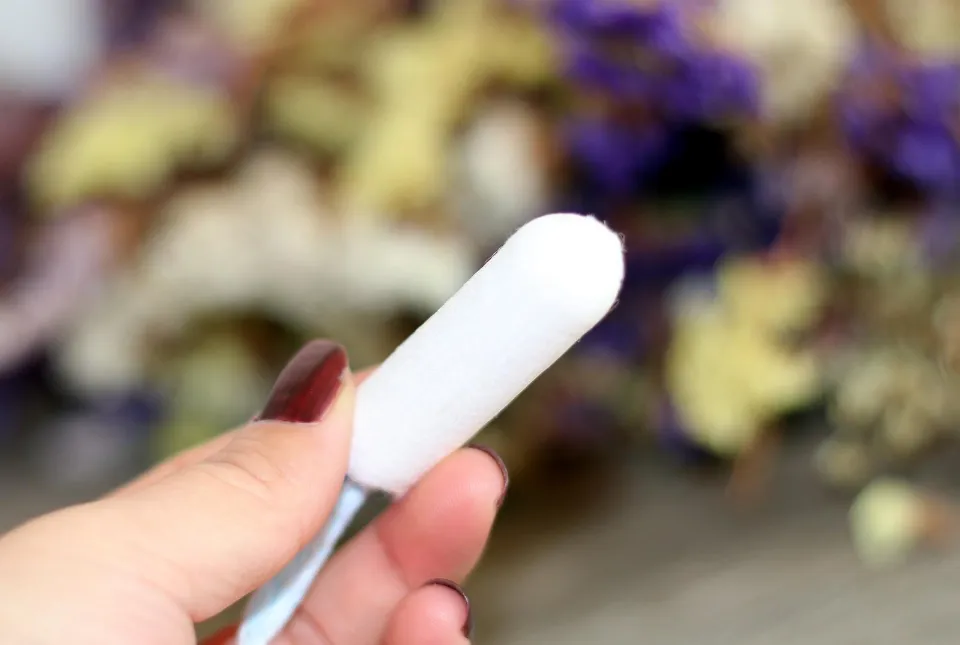
What Exactly Causes This?
Tampons can supposedly cause IUDs to move or fall out, but there isn’t much scientific or anecdotal evidence to support this.
However, theoretically, the only way this could occur is if you unintentionally catch the IUD’s strings when removing your tampon.
This shouldn’t be a problem, though, as your IUD strings shouldn’t be too long.
Additionally, since your tampon strings hang outside of your body, you shouldn’t need to reach inside to remove it.
Make sure to only pull on the area of the tampon that is closest to the vaginal opening if your tampon is without a string.
Is There Anything You Can Do Before Or After IUD Insertion to Prepare?
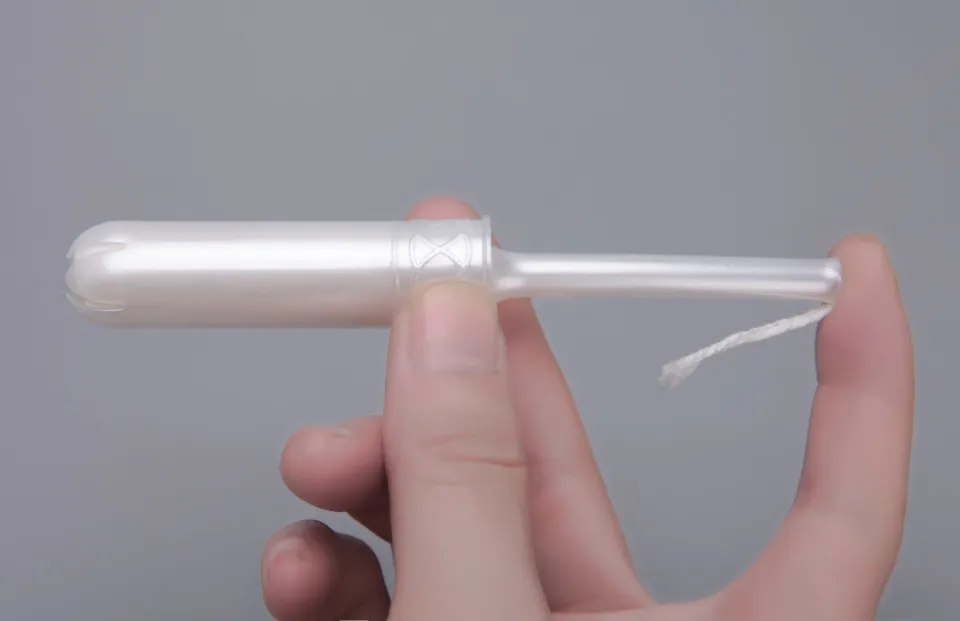
Any concerns you may have regarding your period should be discussed with your doctor before scheduling an appointment for IUD insertion.
Your doctor, for instance, can assist you in selecting the ideal IUD type for your body.
You may not need to use some period products as frequently or at all if you use hormonal versions, which tend to make periods lighter or stop them entirely.
In the event that your uterus is tilted, doctors may also suggest alternative menstrual products.
Even though using tampons with a tilted uterus is perfectly possible, some people find it challenging to insert them.
Don’t forget to inform the person inserting your IUD of the period products you’ll probably be using as well.
Are There Any Alternatives to Consider?
There are many other period products available on the market if using tampons gives you the willies.
Menstrual cups and discs can be more comfortable for some people than conventional tampons.
However, a recent study did discover a possible connection between the use of menstrual cups and IUD expulsion.
Therefore, the only “risk-free” products are ones that don’t require insertion, such as pads and period underwear.
Conclusion
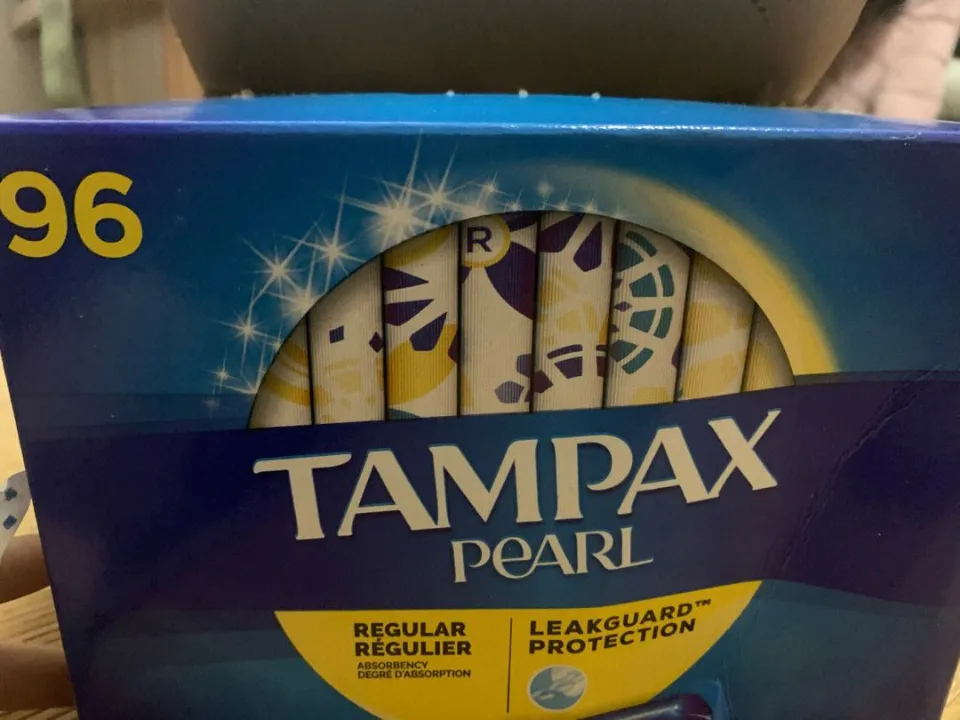
Theoretically, a tampon could pull an IUD out or dislodge it, but such occurrences are incredibly uncommon. Consequently, there is not much cause for concern.
Just keep in mind to check your IUD strings each month if you’re worried.
When your period arrives, use additional period products if it makes you feel more at ease.
FAQs
What Happens If You Use a Tampon Right After IUD Insertion?
IUD (intrauterine device) users can use tampons, so the answer is yes. The IUD is inserted by being maneuvered through your cervix and vagina before entering your uterus. Unlike a tampon, which is used in the vagina, the IUD remains in the uterus.
Why Can’t I Put a Tampon in After An IUD?
There is a slight increase in the risk of vaginal infections in the first few weeks following IUD insertion. Many professionals advise staying away from tampons for the first month to lower the risk of infection.
What Not to Do After Getting An IUD?
For at least 24 hours following IUD insertion, please refrain from menstrual cup use, bathing, swimming, and vaginal contact.
Why Do You Have to Wait a Week After IUD?
IUD slippage or expulsion has a 1% chance overall, with a peak probability in the first few weeks.





Average Rating